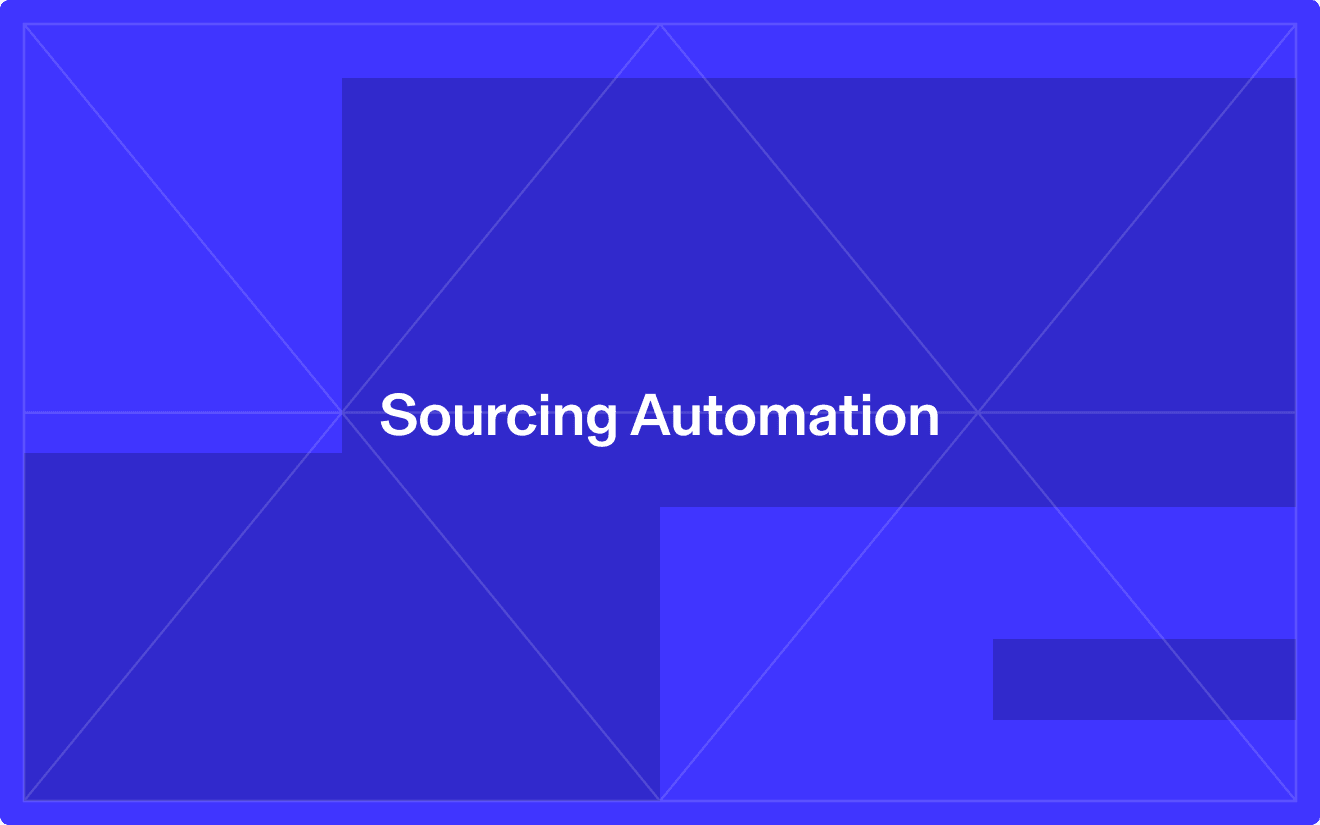Sourcing automation in procurement: what does it take?

Sourcing automation - What Does it Take?
GPS systems 📍 have been guiding us through traffic for a while now, constantly updating the best route based on our personal preferences and external factors such as traffic conditions and roadworks. In the case of incidents, the potential impacts on the traffic patterns are constantly updated and re-evaluated, allowing the system to create the smoothest travel experiences for its users.
A gap between consumer technology and procurement
In Procurement, we are not on this level yet.
Despite the technological advancements over the last decades, technology that automates and intelligently guides the sourcing process has still not made its way to procurement.
Why automation is becoming critical in procurement
But having the right technologies in procurement is key, as it forms an indispensable core business function and can drive significant returns in process efficiencies, risk reduction, supply chain visibility and cost savings. Companies need to adopt advanced technologies in procurement to make the buyers’ lives easier, faster, better and hence more fun.
Guided sourcing optimization enables buyers to create sourcing scenarios using mathematical optimization and advanced analytics, while being guided through key decisions.
Intelligent sourcing software, like Archlet, advise buyers on how to set constraints and what to consider when entering supplier negotiations (e.g. what product or cost components of that product are creating the highest potential value in successful supplier negotiations). The system acts like an artificial advisor, making sure you are thinking of all the different possibilities and parameters when choosing your suppliers.
The foundation of intelligent sourcing automation
These two building blocks are driving the next wave of intelligent sourcing automation:
- Setting the base with clean data
- How machine learning will take everything to the next level
Clean data as the foundation
The core of intelligent sourcing automation is built around clean data. Data is and will be used to train comprehensive category-specific models that support and automate sourcing decision-making processes.
Many businesses today fail to ensure the data they have is accurate and complete. Most companies are looking into big data topics, while neglecting the fact that clean data builds the base and should be the priority. Advanced sourcing systems can support the process of collecting clean data.
For example, by leveraging outlier detection to proactively advise suppliers to adjust their bids during RFQs. This drastically reduces the time to turn the sourcing-relevant information into a format that allows for further analysis and scenario creation. On top of that, clean data provides the base for audit-friendly processes and acts as the fundamental pre-requisite for machine learning applications.
Machine learning that improves sourcing decisions over time
In order to increase sourcing performance over time, machine learning models are trained in an iterative manner, by evaluating what works well and what does not. The learning process is based on the user’s personal feedback and on the measured performance.
Data-driven sourcing systems learn from the buyer’s behavior and mimic the patterns throughout the source-to-award process, while dynamically handling all potential pitfalls. The system knows the user-specific risk diversification strategies and it knows potential internal restrictions and preferences to quickly suggest the best possible sourcing scenarios. Every small decision — from the questions that one asks their suppliers during the RFQ, to the set scenario constraints — is centrally stored and further improves the model’s performance. The system improves and dynamically adapts over time to the new situation. This not only reduces sourcing cycle times but also creates headroom for sourcing teams to focus on more strategic activities.
What personalization means for sourcing automation
The technology behind this has improved a lot over the last couple of years. Netflix, for example, has created an impressive movie recommendation system that provides all its users customized recommendations that fit their previous viewing patterns as well as others with similar taste. In the same manner, a recommender system can turn user data from your sourcing projects into recommended scenarios. It filters out all the numerous options that are not relevant to you. All you need to do is review and approve the systems suggested sourcing decisions.
Personalized strategies result in higher efficiency, savings and better user experiences across all your sourcing activities. And the addressed personalization is key, because not every company, industry, category and sourcing team work in the same way.
Getting started with sourcing automation
The best starting point is rolling out a powerful sourcing scenario engine in one specific category to lay the foundation and create the business case for the following steps. The different intelligence modules - leveraging the collected data - are built on top of the core engine and will allow you to completely automate repetitive awarding tasks over time (in the beginning mainly your non-strategic, non-complex tail spend).
Besides the additional speed, procurement teams create consistency in their teams and retain sourcing know-how in-house. With a central system in place, that has acquired the knowledge of your sourcing teams over time, there is huge potential for process automation. As a result, you will be less dependent on individuals, who after their stint in Procurement might move on to different roles or another company.


